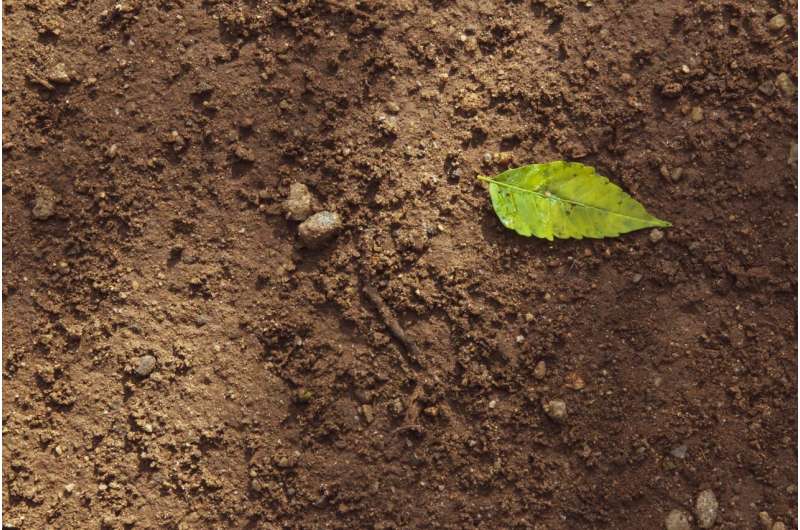Invasive plants drive homogenization of soil microbial communities across US, new study finds

Invasive plants are doing more than just taking over landscapes—they're also changing the soil beneath them. A new study co-authored by Matthew McCary, assistant professor of biosciences at Rice University, reveals that these species are reshaping soil microbial communities across the U.S., making them more uniform and altering how ecosystems function.
The findings, published in , shed light on the far-reaching impacts of invasive plants, which extend beyond what we see above ground.
The research, based on data from 377 plots nationwide, shows that invasive plants with fast-growing root systems outcompete native species and disrupt the natural balance of soil microbes. This process known as biotic homogenization leads to less diverse ecosystems as ecological communities become more similar over time.
The study highlights a critical yet often overlooked aspect of plant invasions: their profound belowground effects on soil health and biodiversity, said McCary, who co-authored the study with Gabriela Nunez-Mir, an assistant professor of biological sciences at the University of Illinois Chicago.
"Invasive plants can fundamentally alter the soil beneath them," McCary said. "In areas with high levels of invasion, we observed a striking similarity in soil microbial communities across different ecosystems and geographical regions, which was not the case in areas dominated by native plants."

The researchers found that the root traits of invasive plants demonstrated twice as much variation in microbial composition as those of native plants. Invasive species' root systems appear to grow more rapidly, competing with native flora and soil microbes for nutrients and contributing to the widespread uniformity of microbial communities.
The study also pointed to the critical role of specific root traits such as lower carbon-to-nitrogen (C) ratios and higher specific root lengths in driving these changes. The fast root growth of invaders affects nutrient cycling and organic matter availability, further amplifying their influence on the soil ecosystem.
The researchers used data from the National Ecological Observatory Network, which collected soil samples and root-trait data from a range of ecosystems across the U.S. They also accounted for other factors such as soil properties and the C ratios, which play a role in explaining microbial variation. Invasive plants with low C ratios, associated with fast root growth and nutrient uptake, were particularly effective at altering the microbial communities in the soil.
McCary emphasized that managing invasive species should include accounting for their belowground effects, which are just as transformative as their aboveground impacts. "Understanding how invasive plants affect soil microbes is essential for restoring ecosystems," he said.
Although the study has limitations, including using phospholipid fatty acid analysis to characterize microbial communities and phylogenetic imputation to fill in missing plant-trait data, the findings remain robust and help validate the need for further research at finer taxonomic resolutions, McCary said.
"The implications of this research are broad as soil microbial communities play a crucial role in nutrient cycling, plant growth and ecosystem stability," he said.
More information: Invasive plants and their root traits are linked to the homogenization of soil microbial communities across the United States, Proceedings of the National Academy of Sciences (2024). .
Journal information: Proceedings of the National Academy of Sciences
Provided by Rice University


















